Huntercombe Golf Club Course Review
Huntercombe Golf Club in Oxfordshire offers something a little different courtesy of its distinctive Willie Park Junior grass 'pots'...


Huntercombe Golf Club Course Review
GF Round: £65-£100; Day: £100wd, £120we
Par 70, 6,310 yards
Slope 126
GM Verdict – A tucked-away course with many strong holes and a unique feel thanks to the many grass ‘pots’ or hollows that flank fairways and greens.
Favourite Hole – The downhill par-4 2nd makes you realise how high up you are, serving up wonderful views and an inviting drive before a slightly trickier approach.

Looking down on the 4th hole with its distinctive grass 'pots' or hollows to the right of the green
Originally a heathland layout with hardly a tree on site, this par-70 Willie Park Junior design 15 miles south-east of Oxford has grown up over the years into a timeless gem that deserves to be far more widely known. The club, home to one of the best golf courses in Oxfordshire, was founded in 1901, and its beautiful and easy-walking course is a wonderful place to play. Unusually, it begins with quite a short par 3, before the one relatively gentle change in elevation on the dramatic downhill 2nd and demanding uphill 3rd.

The tricky dogleg-right 5th brings you back to the clubhouse
Having returned to the clubhouse at the excellent dogleg 5th, the next two skirt the Ridgeway which you then cross to play holes 8 to 13, the last of which borders the excellent new practice ground. The short par-4 at 17 offers a birdie chance, while the contoured greens throughout are another very strong feature that will ask questions of your game and keep you on your toes. The single-story, characterful clubhouse is full of charm, and the club is currently working with leading course architect, Tim Lobb, the aim being to reinstate some of Park’s lost design features and review the entire landscape philosophy for the future.
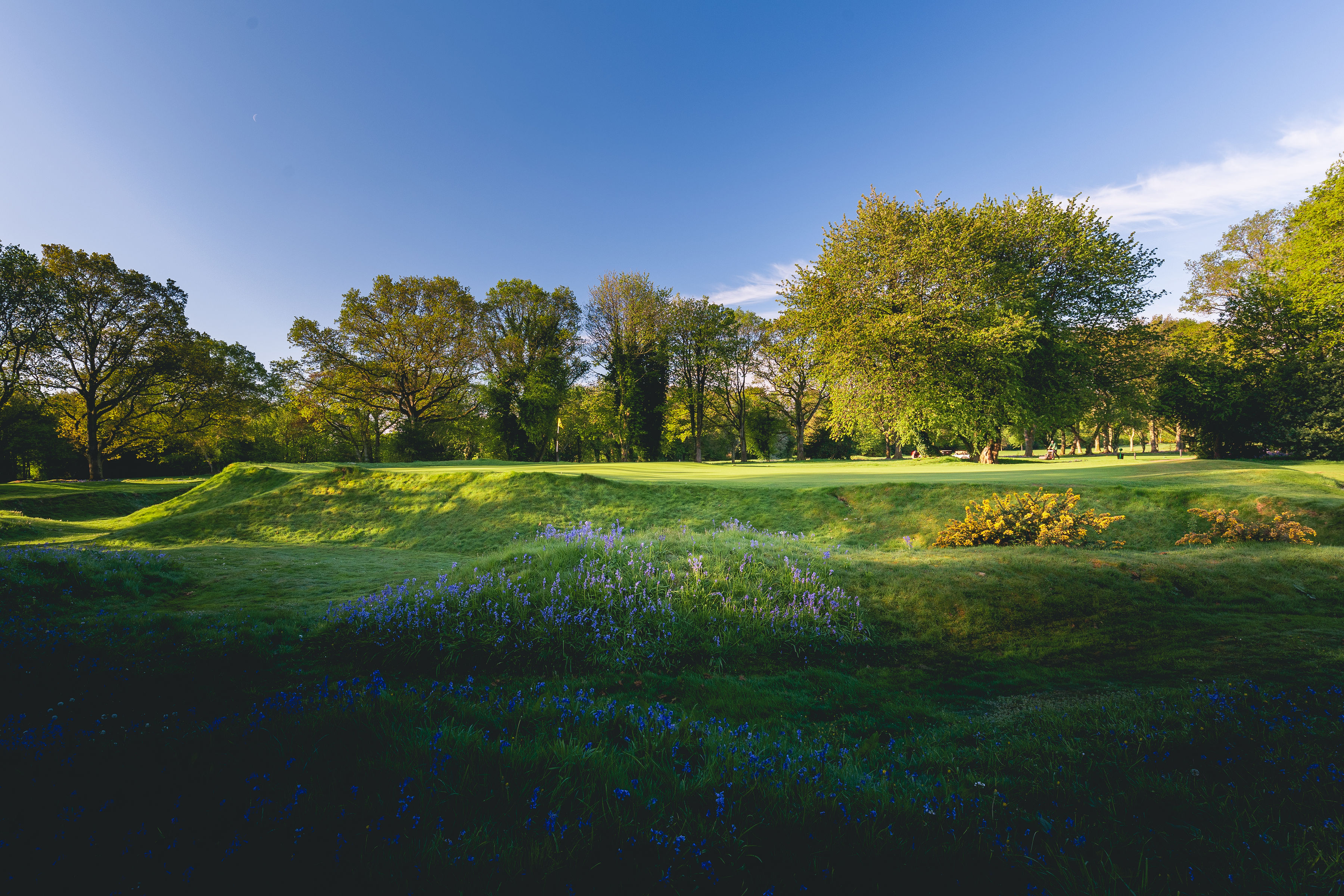
The short par-4 17th is potentially drivable but well-protected by a raised green
Having twice won The Open Championship in the late 1890s, Park Junior progressed his career to become one of the earliest leading golf course architects. The Old Course at Sunningdale is probably his most famous creation, and he bought the land at Huntercombe at just about the same time before building the course in just seven months. James Bond author Ian Fleming, and one of the greatest golf commentators and writers of all time, Henry Longhurst, were both members here.

The par-4 13th is the last of the holes before you cross back over the Ridgeway
Huntercombe is consistently strong throughout, and it was not really the style of the time to create signature holes unless the natural topography dictated one. There is, however, a most definite and distinctive signature feature; the Willie Park Junior ‘pots’. With just 13 sand bunkers on the course, there are a further 100-plus areas where Park created hazards that can best be described as grass bunkers. Varying greatly in size and shape, some are tricky to see from a distance and some are either lined with or home to gorse and other trees and shrubs. They add greatly both to the visual impact and the strategic approach. You are also just about guaranteed to see red kites - the club emblem - while playing this thoroughly enjoyable classic.
Get the Golf Monthly Newsletter
Subscribe to the Golf Monthly newsletter to stay up to date with all the latest tour news, equipment news, reviews, head-to-heads and buyer’s guides from our team of experienced experts.

Rob has been playing golf for over 45 years and been a contributing editor for Golf Monthly since 2012. He specialises in course reviews and travel, and has played over 1,250 courses in almost 50 countries. In 2021, he played all 21 courses in East Lothian in 13 days. Last year, his tally was 78, exactly half of them for the first time. One of Rob's primary roles is helping to prepare the Top 100 Courses of the UK&I, of which he has played all, as well as the Next 100 where he is missing two in Scotland and two in Ireland. He has been a member of Tandridge for over 30 years where his handicap hovers around 15. You can contact him at r.smith896@btinternet.com.
-
 Rookie Ingrid Lindblad Seals Maiden LPGA Tour Title In JM Eagle LA Championship
Rookie Ingrid Lindblad Seals Maiden LPGA Tour Title In JM Eagle LA ChampionshipThe Swedish star won by one over fellow rookie Akie Iwai at El Caballero Country Club
By Mike Hall
-
 Two Weeks After Parting Ways With Max Homa, Caddie Joe Greiner Claims $360,000 Payday Alongside Justin Thomas
Two Weeks After Parting Ways With Max Homa, Caddie Joe Greiner Claims $360,000 Payday Alongside Justin ThomasJoe Greiner is caddying for Justin Thomas on a temporary basis, and the player’s win at the RBC Heritage has already secured him a big payday
By Mike Hall
-
 100 Best Cheap Golf Courses In UK And Ireland
100 Best Cheap Golf Courses In UK And IrelandOur list of 100 hidden gem golf courses everyone can play in the UK and Ireland...
By Elliott Heath
-
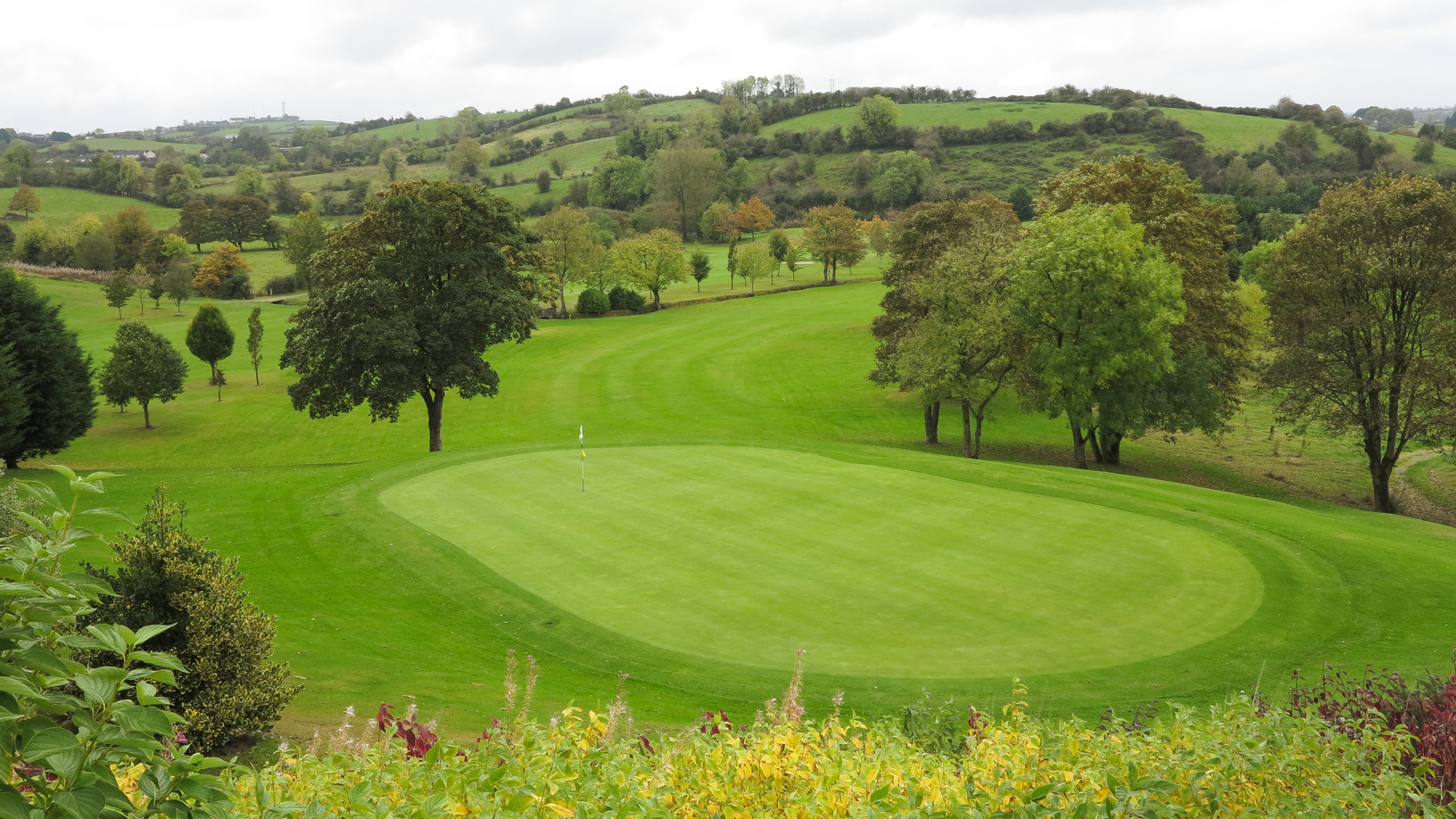 Rossmore Golf Club Course Review
Rossmore Golf Club Course ReviewRossmore Golf Club's rollercoaster ride serves up big downhill drives, old stone walls, streams and views up into Northern Ireland
By Kevin Markham
-
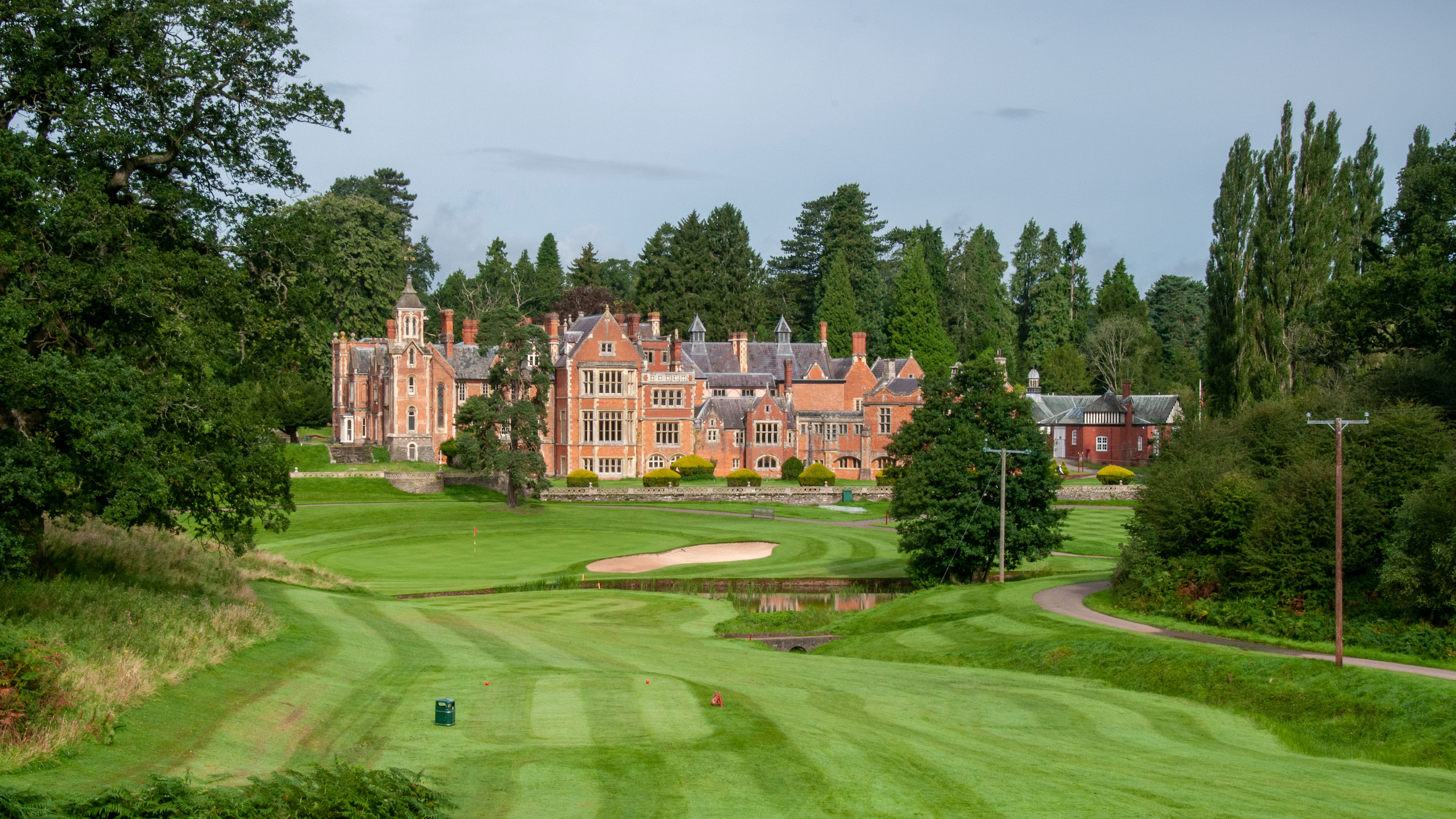 Rolls of Monmouth Golf Club Course Review
Rolls of Monmouth Golf Club Course ReviewThe Rolls of Monmouth Golf Club's beautiful parkland course is laid out over the former estate of Charles Rolls of Rolls-Royce fame
By Kevin Markham
-
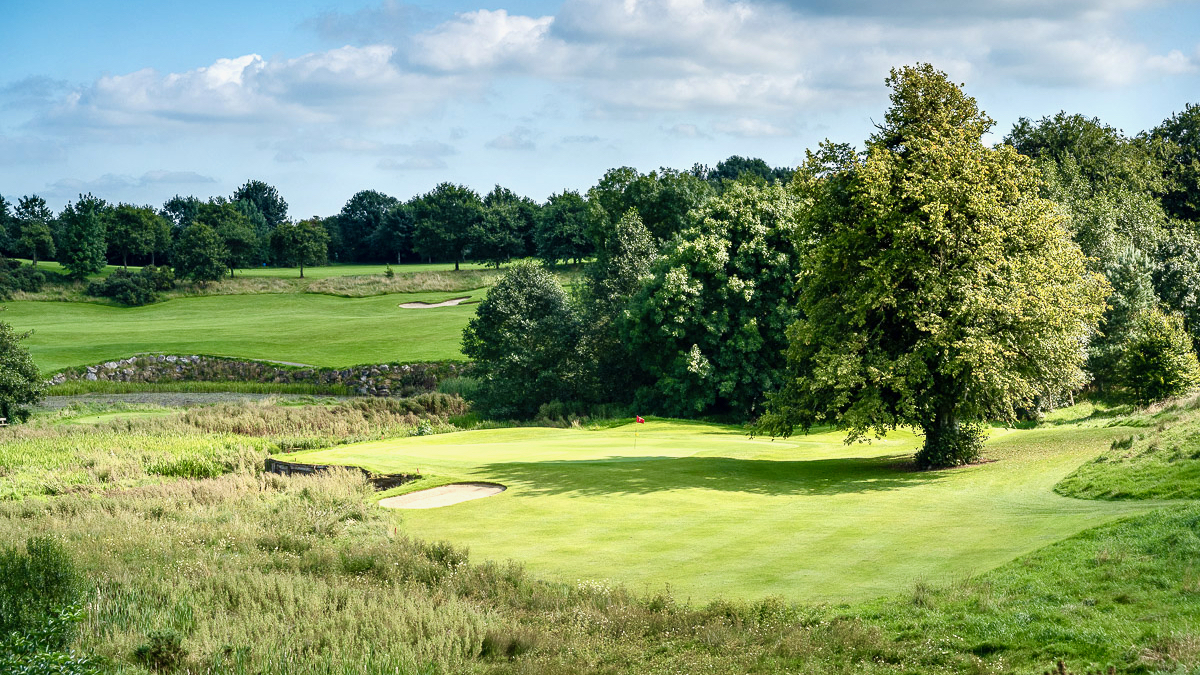 Rathcore Golf Club Course Review
Rathcore Golf Club Course ReviewRathcore Golf Club in Co. Meath is a 21st-century gem adorned with water features and hillocks that enhance its beauty and challenge
By Kevin Markham
-
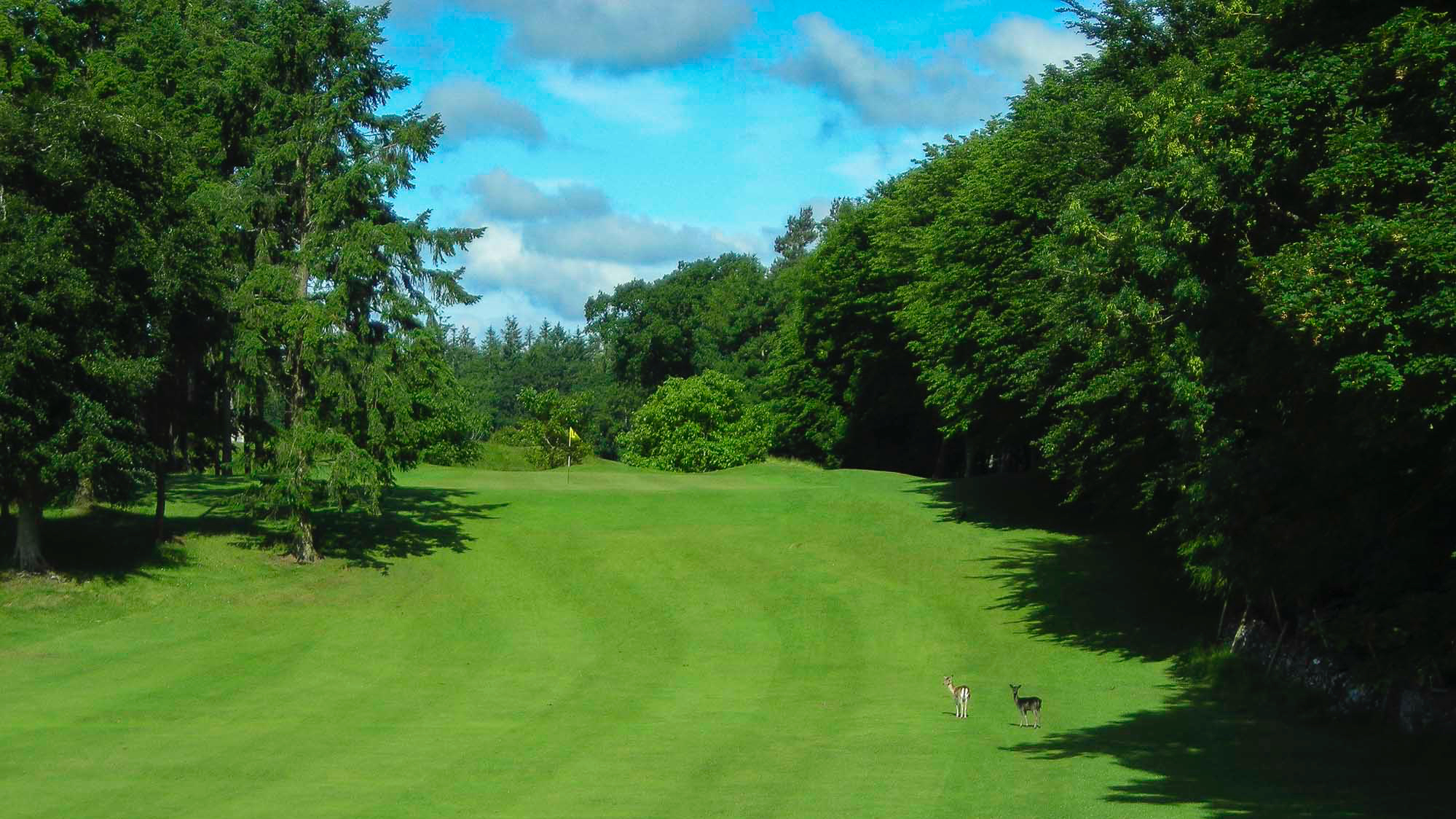 Portumna Golf Club Course Review
Portumna Golf Club Course ReviewPortumna has one of the best courses in Co. Galway plus a 17th hole sometimes mentioned in 'best in Ireland' conversations...
By Kevin Markham
-
 West Kilbride Golf Club Course Review
West Kilbride Golf Club Course ReviewBy Kevin Markham
-
 North West Golf Club Course Review
North West Golf Club Course ReviewOne of Ireland’s founding fathers, North West Golf Club is home to a fabulous links in a lovely setting
By Kevin Markham
-
 Tullamore Golf Club Course Review
Tullamore Golf Club Course ReviewTullamore Golf Club is home to a James Braid creation with challenging doglegs aplenty in the beautiful Co. Offaly countryside
By Kevin Markham